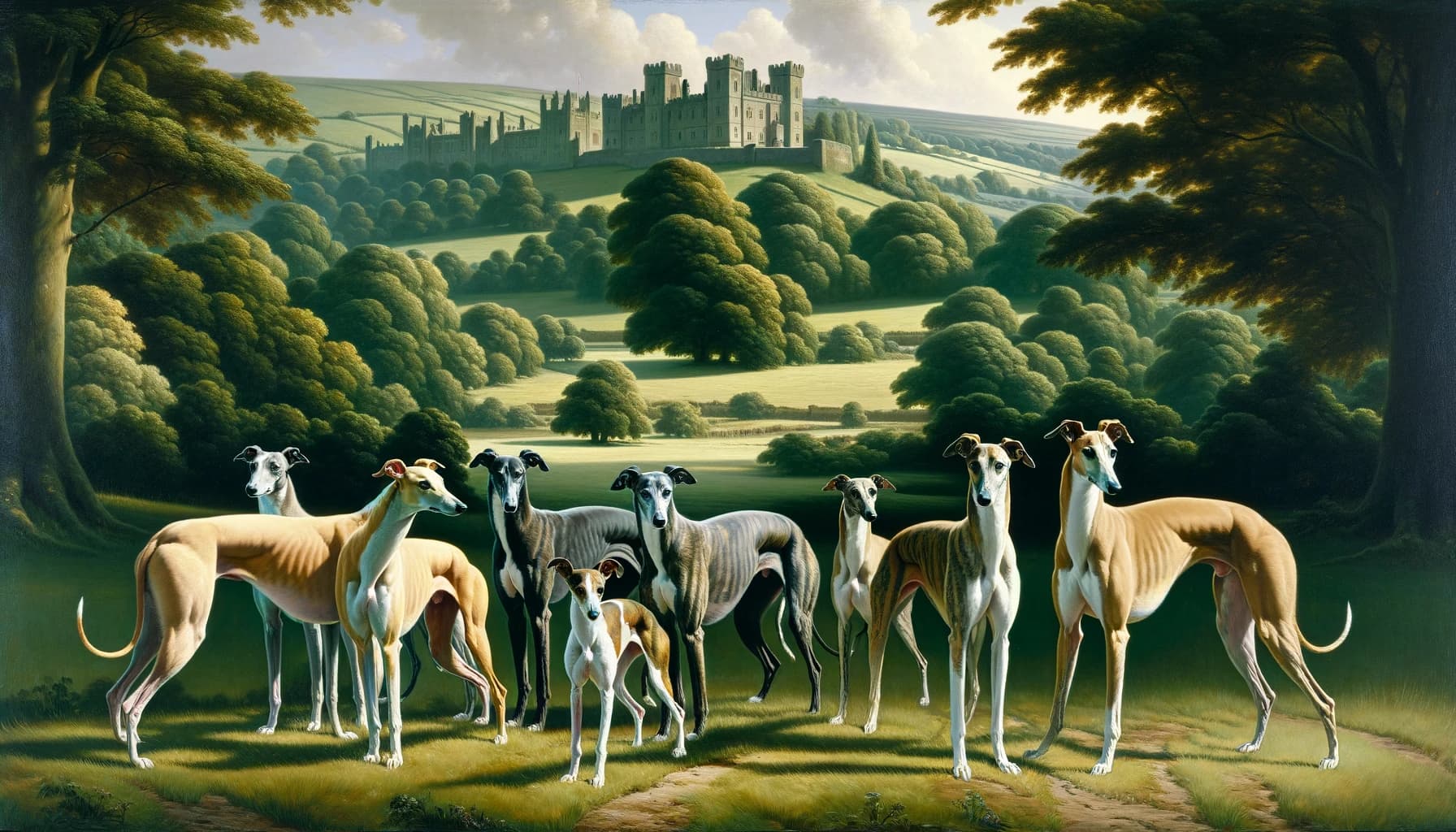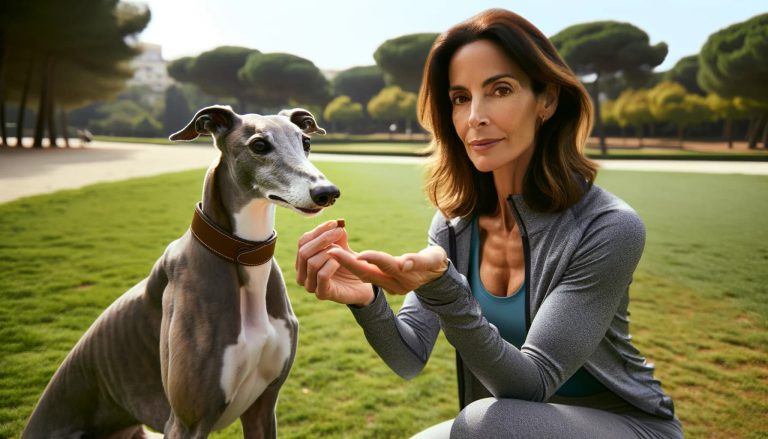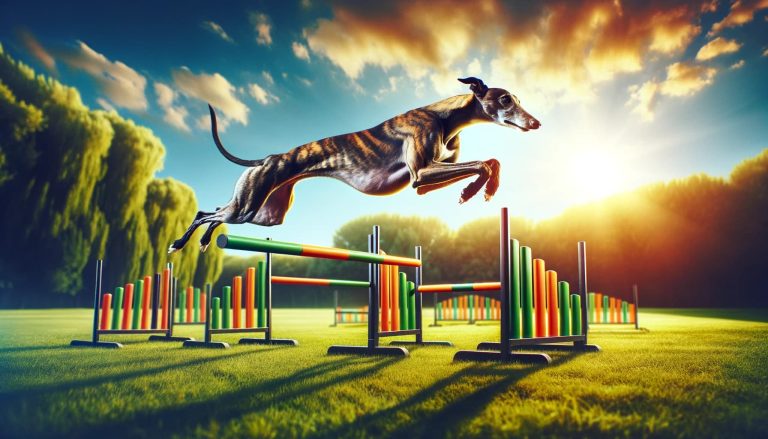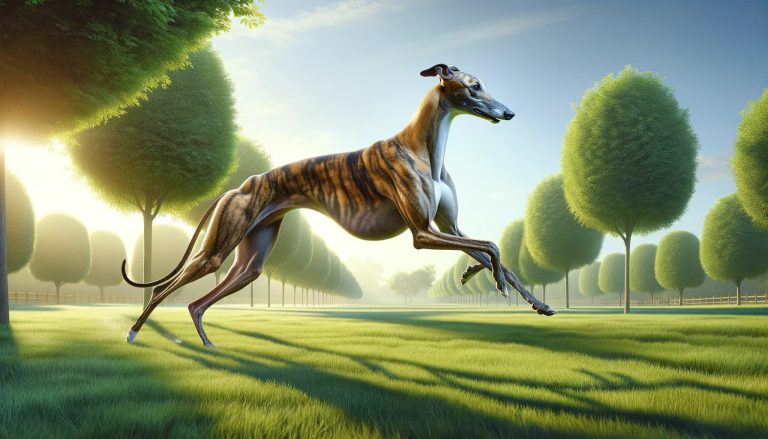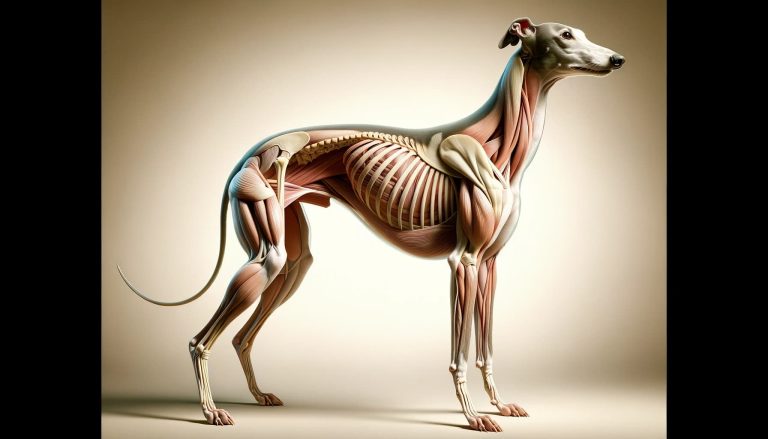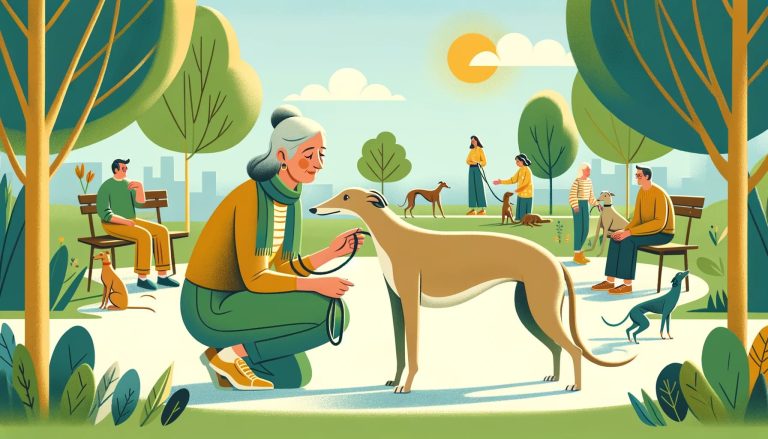The Role of Greyhounds in Historical UK Society
The history of greyhounds in the UK is as rich and varied as the tapestry of the nation itself. Originating from their hunting prowess in ancient times, greyhounds’ journey in the UK began with the Normans in the 11th century. Their exceptional hunting skills, especially in coursing, quickly made them favorites among the nobility.
Greyhounds as Symbols of Status in the Middle Ages
During the Middle Ages, greyhounds ascended to symbols of nobility and wealth. Laws reserved them exclusively for the upper class, cultivating a reputation that intertwined with the notions of prestige and lineage. This exclusivity meant that for centuries, owning a greyhound was a distant dream for the common folk.
Preservation and Renaissance Recognition
Despite facing near extinction during the Middle Ages due to widespread famine and pestilence, greyhounds were preserved by clergy and claimed by the nobility. The Renaissance period saw these elegant canines immortalized in paintings and literature, with their mention in the works of Chaucer and Shakespeare. By the 1700s, greyhound coursing became a popular sport across Britain and Europe.
Tudor Era: Heraldic Significance of Greyhounds
In the Tudor era, the greyhound’s status elevated to a potent political and heraldic symbol. They were not just hunting companions but also emblems of the Tudors’ dynastic right to the English throne. The arms of Henry VII prominently featured greyhounds alongside other symbols of authority. Their representation in the visual identities of powerful families like the Richmond and Beaufort emphasized their roles as symbols of loyalty and high status.
The Industrial Revolution: A Shift to Racing
The Industrial Revolution marked a significant shift for greyhounds. The decline in open lands and hunting led to the emergence of greyhound racing. This form of entertainment, which began in earnest in the early 20th century, saw rapid growth in popularity, especially after the introduction of the mechanical lure in the 1920s. Tracks were established nationwide, and greyhound racing became deeply ingrained in British culture as an accessible pastime for all societal layers.
The Golden Age of Greyhound Racing
Greyhound racing reached its zenith in the 1920s and 30s, characterized by excitement and widespread betting, especially among the working class. However, it also attracted criticism and moral panic, with detractors ranging from religious organizations to Winston Churchill. Despite the controversies, greyhound racing was an integral part of community life, fostering a culture of owning and training among the urban working class.
Decline of Greyhound Racing
The latter half of the 20th century saw a decline in greyhound racing, influenced by changing leisure habits, the rise of television, and evolving attitudes towards animal welfare. The sport’s popularity waned, with the number of tracks and attendances significantly dropping.
Greyhounds Today: Companionship and Welfare
In contemporary times, the narrative of greyhounds in the UK has shifted towards companionship and welfare. While greyhound racing still exists, there’s a greater emphasis on the well-being and adoption of these animals. Today, greyhounds are cherished more for their gentle, affectionate nature, and suitability for various living conditions, finding homes as beloved pets.
Conclusion
This historical journey of greyhounds in the UK reflects not just the evolution of a breed but also mirrors the changing dynamics of society, from medieval feudal systems to modern-day sensibilities about animal welfare and companionship. The greyhound’s role in UK society is a testament to the adaptability and enduring appeal of this noble breed.
